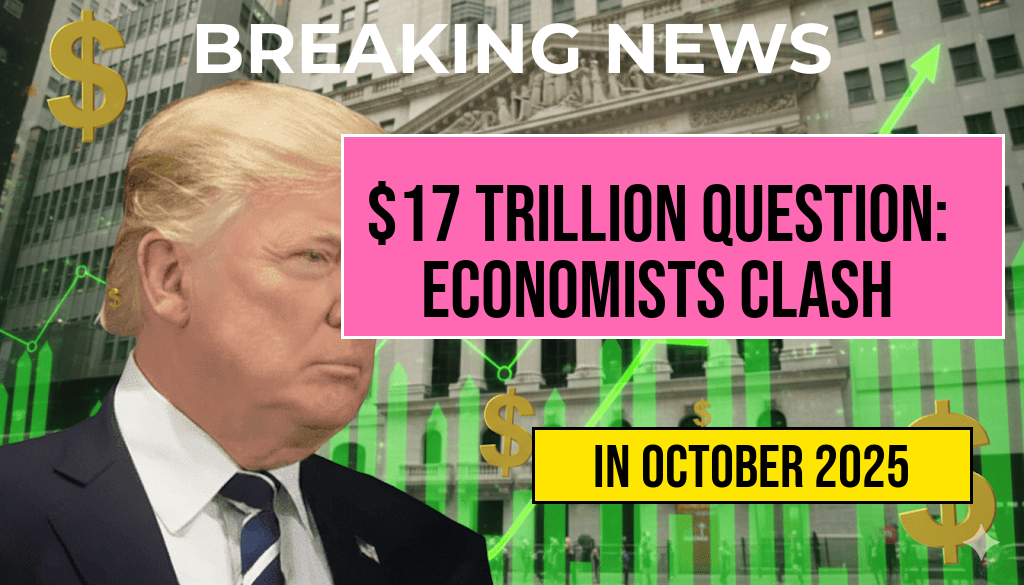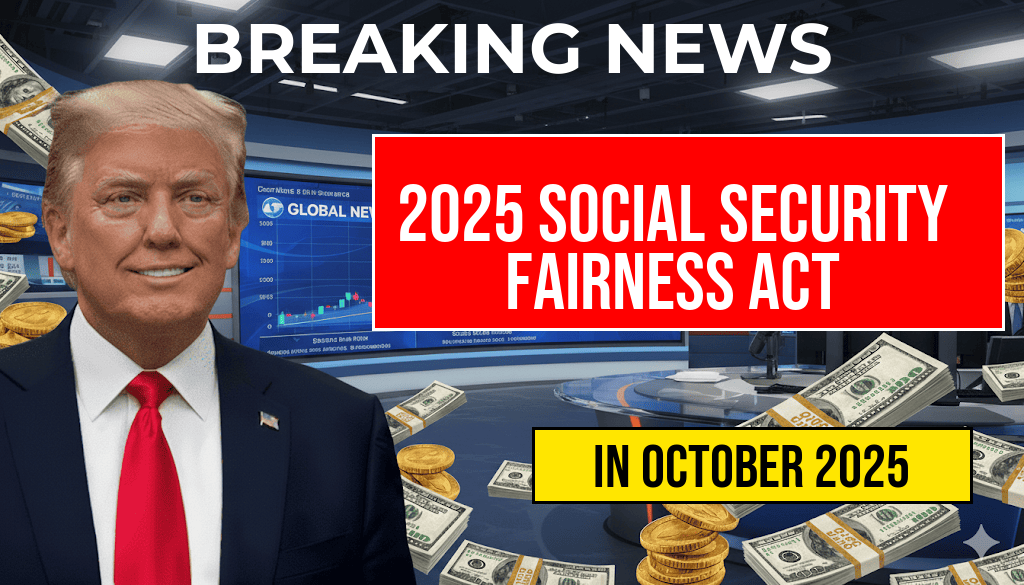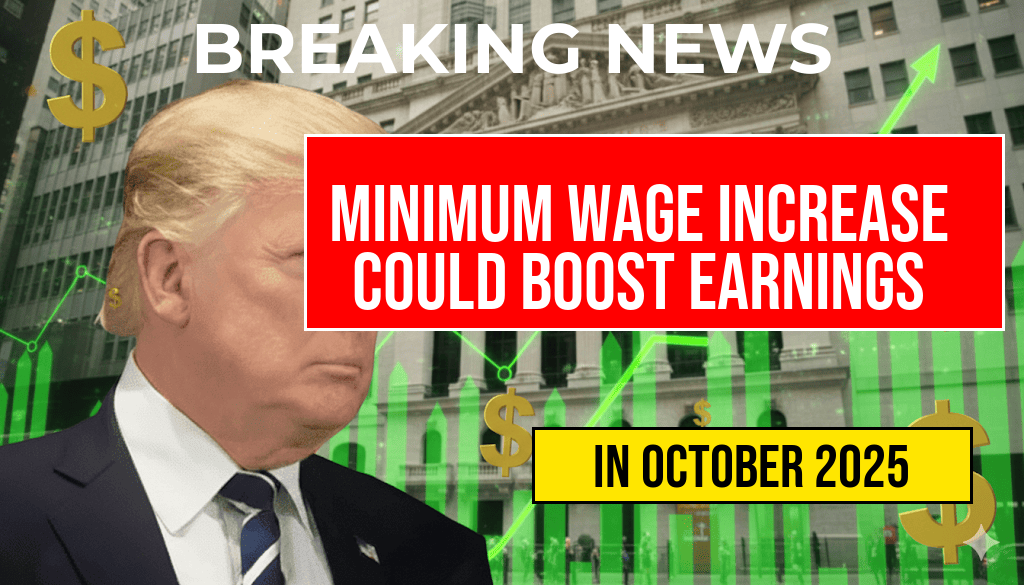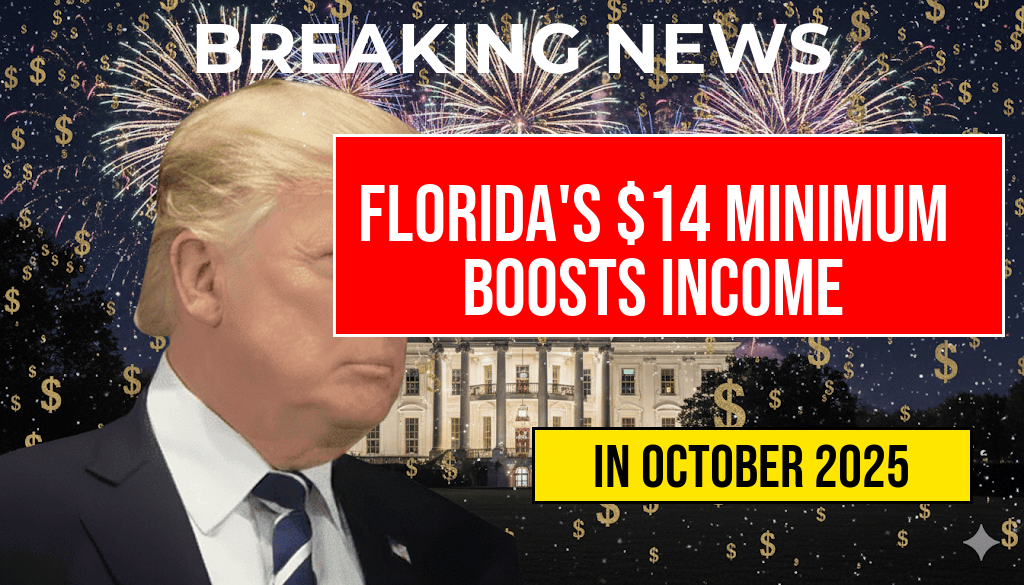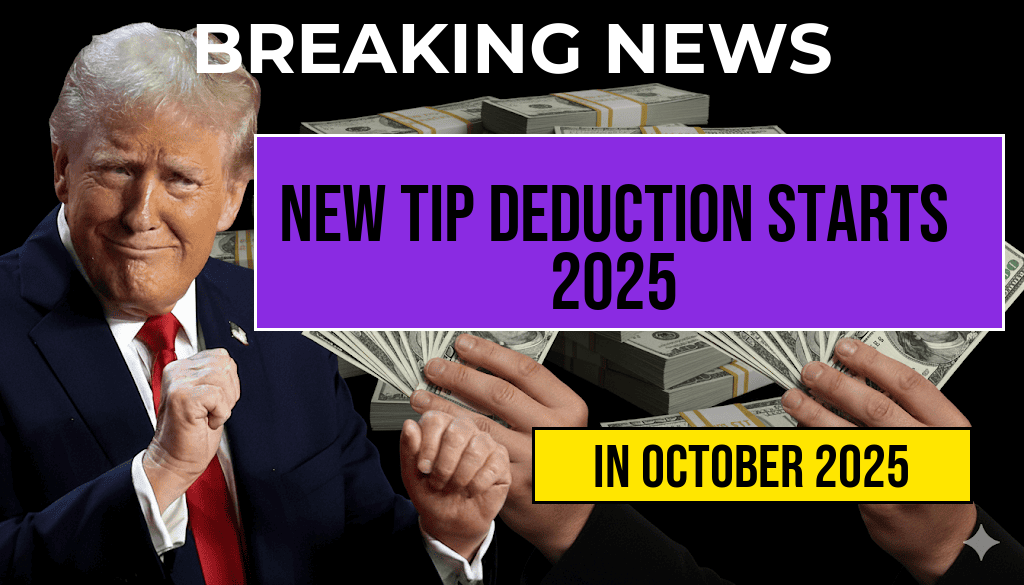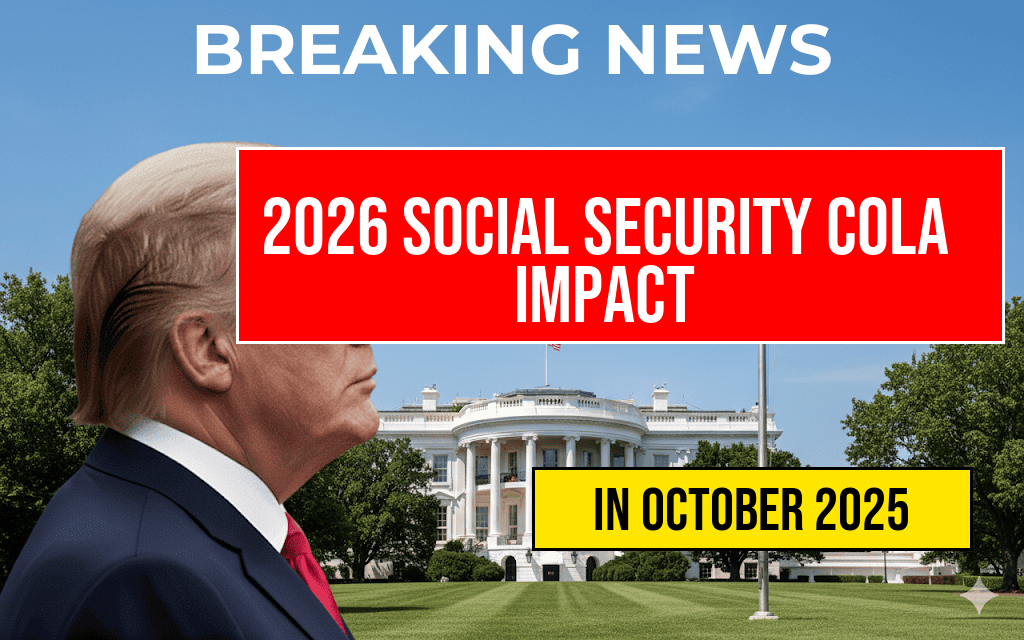The prospect of raising the federal minimum wage to $15 an hour could significantly impact millions of workers’ annual earnings, with a recent study estimating an average increase of approximately $3,300 per worker annually. The analysis focuses on the potential financial benefits for roughly 32 million employees across various industries who currently earn near or below the proposed rate. As debates around wage policy intensify, the new data underscores both economic and social implications of such a policy shift.
Potential Economic Impact for Workers
The study, conducted by labor economists and published in recent labor market analyses, indicates that a federal minimum wage of $15 per hour could elevate earnings for millions, narrowing income disparities for low-wage workers. The estimated increase of $3,300 annually per worker assumes full-time employment—typically around 40 hours per week—across sectors such as retail, hospitality, and food service, where minimum wage jobs are most prevalent.
According to the report, approximately 32 million workers would see their annual income rise due to the wage hike. This group includes workers with limited access to higher-paying roles, many of whom are employed in states where minimum wages are currently below the proposed federal level. The potential boost in earnings not only enhances individual financial stability but could also stimulate local economies through increased consumer spending.
Broader Socioeconomic Considerations
Income Inequality and Poverty Reduction
Proponents of the wage increase argue that elevating the federal minimum could serve as a tool to combat rising income inequality. By providing a more livable baseline income, low-income workers might experience reduced reliance on government assistance programs. Data from the Wikipedia entry on minimum wages in the U.S. highlights that higher wages can directly impact poverty levels, especially in urban areas with high living costs.
Potential Challenges and Economic Concerns
Opponents warn that a federal minimum wage increase could lead to unintended consequences, such as increased labor costs for employers, potential job reductions, or shifts in hiring practices. Small businesses, in particular, express concern about the affordability of such a mandate, especially in regions with lower profit margins. Nevertheless, recent studies suggest that moderate increases in the minimum wage have minimal impact on employment levels, particularly when phased in gradually.
Regional Variations in Impact
The effect of a $15 minimum wage would not be uniform across the country. States with higher living costs, such as California and New York, already have minimum wages at or above this threshold, meaning the policy would align with existing standards. Conversely, in states where the current minimum remains below $10, the transition could be more abrupt, potentially causing economic disruptions in certain sectors.
| Current Hourly Wage | Projected Annual Increase with $15/hr Minimum |
|---|---|
| $7.25 (federal minimum) | $3,300 |
| $10.00 | $2,500 |
| $12.00 | $1,800 |
Policy Context and Future Outlook
Advocates emphasize that raising the federal minimum wage to $15 aligns with broader efforts to promote economic justice and improve quality of life for low-wage workers. Several states and cities have already implemented or are considering similar increases, which could serve as models for nationwide policy adoption. The Biden administration has expressed support for such a move, citing economic fairness and the need for a living wage as key motivations.
However, legislative hurdles remain. The proposal to set the federal minimum at $15 per hour has faced opposition in Congress, with debates centering on economic feasibility and regional disparities. Despite this, the data indicating substantial earnings gains for millions adds weight to the argument that such a policy could be a catalyst for economic upliftment in low-income communities.
Sources and Further Reading
Frequently Asked Questions
What is the potential financial impact of increasing the federal minimum wage to $15?
According to the study, raising the federal minimum wage to $15 could boost annual earnings by approximately $3,300 for about 32 million workers.
How many workers are expected to benefit from a $15 minimum wage increase?
The study estimates that around 32 million workers would see an increase in their annual earnings if the federal minimum wage is raised to $15.
What is the significance of the $15 minimum wage proposal?
The $15 minimum wage proposal aims to improve the earning standards of low-wage workers, potentially reducing income inequality and boosting economic stability for millions of Americans.
How does the study quantify the earnings boost for workers?
The study calculates that the increase in the federal minimum wage to $15 could result in an approximate $3,300 rise in annual earnings per worker, based on current employment data.
What are the broader economic implications of raising the minimum wage to $15?
Raising the federal minimum wage to $15 could lead to increased consumer spending, improved quality of life for low-wage workers, and potential shifts in employment patterns, according to economic analyses.


